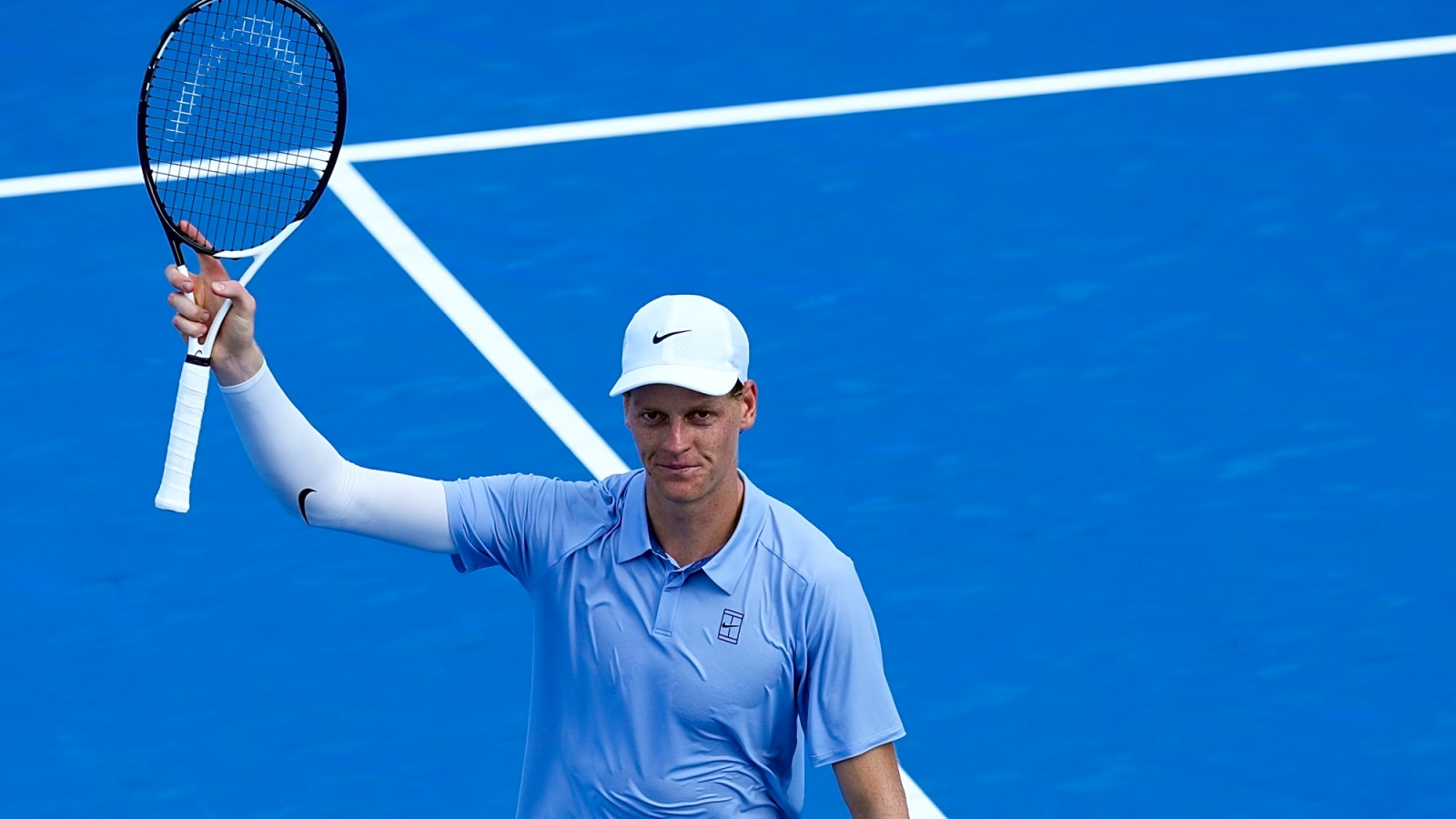
There has been conflicting views on the controversial new format changes for Masters 1000 events, with the world number on Jannik Sinner confessing his love for one-week events over two.
Masters 1000 tournaments have previously stuck to just one week, with just 56 players entered into the competition. The top eight seeds would recieve byes to the next round, whilst the other players joust for a place into the next round. Now, the majority of tournaments have been extended to 96 players, increasing the tournament schedule to 10-14 days. This gives players less time to prepare in between other tournaments. A prime example is the newly extended Canadian Open played consecutively ahead of the Cincinnati Open.
Ben Shelton triumphed in Toronto for his first Masters 1000 title, but was back on court three days later in Cincinnati. The tight scheduling has also given players less time to relax and take their minds off tennis, which has led to many players skipping big tournaments. Sinner, Carlos Alcaraz, Novak Djokovic, and Jack Draper all skipped the Canadian Open, with the latter also missing out on Cincinnati with the US Open slotted just behind it.
Sinner favours one-week tournaments
Sinner has had an opinion on this matter, firmy favouring the old format of one week events. He praised Monte-Carlo, who, with the Paris Masters, remain the only 1000 events that span just a week.
“It’s a question that’s quite irrelevant now to answer because we are in that position," Sinner said. "My personal view…I love the one-week events. I love it when you see that the tournament in Monaco, for example, you have for Monte Carlo, you have this one-week event, and you have the first-round matches, which are incredibly good. And if one good seeded-player loses, the next match is an incredible match still, and you have the quarterfinals and you know exactly when you buy the tickets.”
The Italian has a final swiftly coming up against his arch-rival Carlos Alcaraz, with it being scheduled in an unfamiliar Monday slot. Not only is this unorthodox from usual Sunday finals, but in this scenario, the final sits a day before the US Open mixed doubles kicks off at Flushing Meadows, with the pair supposed to participate in the revamped tournament.
“You have the quarterfinals and then you have the semi-final, which is Saturday, and then you have finally Sunday," Sinner said. "And now I lost a little bit of the view of when does actually a finalist [plays], because it used to be always Sunday,” he said. Now, here (in Cincinnati) it’s Monday. In Toronto, it’s Wednesday or Thursday. So it’s difficult even for us players. We lose a little bit of the days of the week, I would say.”
Firmly disagreeing with him is ATP CEO Andrea Gaudenzi, who was adamant the new format was working wonders for tennis, helping it grow to new levels with more fan support, providing the recent tournament in Cincinnati as the perfect example.
Gaudenzi recently told ATP.com: "The shift to a 12-day format gave tournaments the time, stability and confidence they needed to think bigger — and what’s happening in Cincinnati is a perfect example. Just look at what’s happening: record bonus pools, nine-figure infrastructure projects in Rome, Madrid, Shanghai, Cincinnati. None of this happens without the breathing room provided by the 12-day window. It’s allowed promoters to reinvest and enabled a 50-50 share of profits. That’s money flowing straight back to the locker room.”
The world number one has to navigate his Cincinnati final with the upcoming US Open, where he seeks to defend his triumphs from 2024 in both events.
More must-reads:
- Royals trade deadline acquisition paying immediate dividends
- J.T. Realmuto's turnaround has been remarkable for Phillies
- The 'NFL QBs with the most games started' quiz
Breaking News
Trending News
Customize Your Newsletter
 +
+
Get the latest news and rumors, customized to your favorite sports and teams. Emailed daily. Always free!








